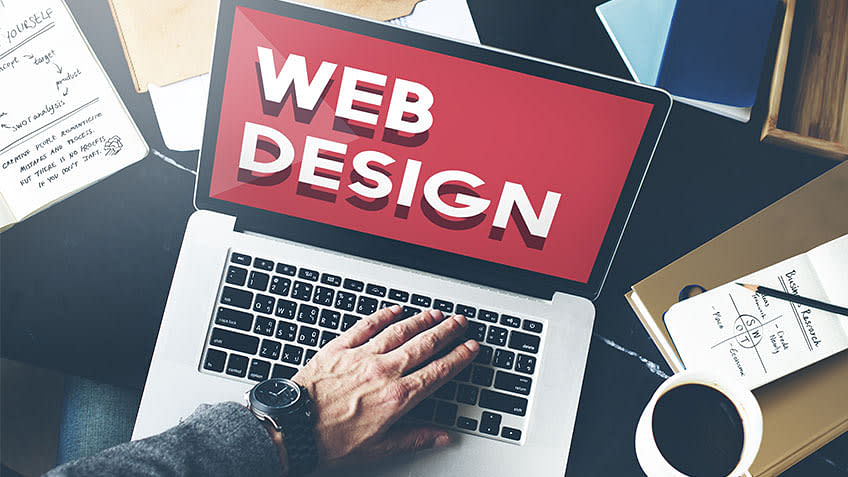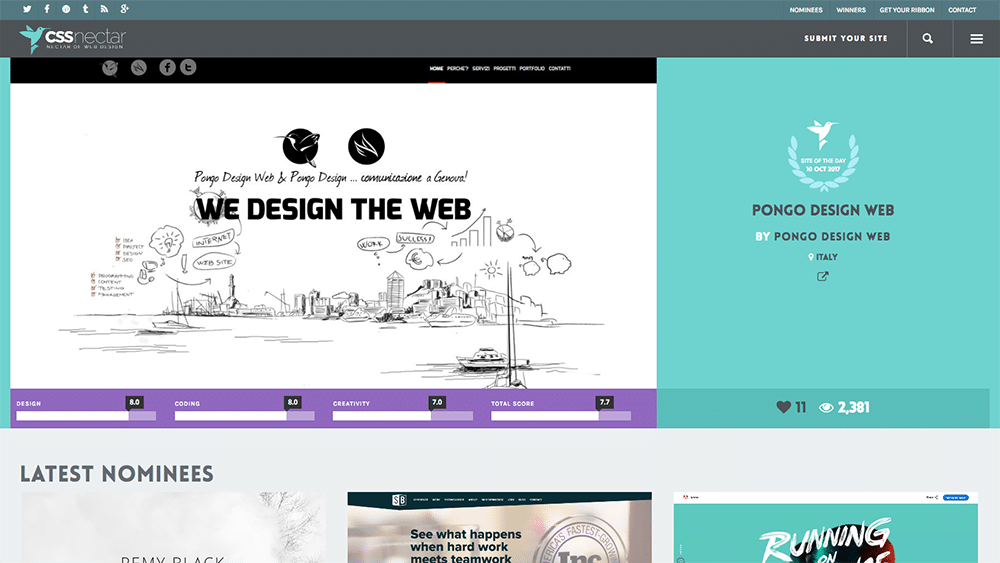Proven Techniques for Enhancing Your Website via Superior Web Design
Proven Techniques for Enhancing Your Website via Superior Web Design
Blog Article
The Comprehensive Overview to Crafting Visually Appealing and Functional Web Design That Fulfills Individual Demands
In today's electronic landscape, the relevance of crafting web layouts that are both aesthetically enticing and useful can not be overstated. By prioritizing user-centered style concepts, designers can create experiences that not only draw in however also retain customer interest - web design.
Understanding User-Centered Design
At the heart of efficient website design exists the principle of user-centered layout, a viewpoint that focuses on the requirements, preferences, and actions of individuals throughout the advancement process. This strategy includes thorough research study to comprehend the target market, ensuring that the last product reverberates with its intended customers. By including customer feedback at every phase, developers can produce interfaces that are not only visually attractive however additionally useful and intuitive.
User-centered layout stresses empathy, requiring developers to step into the individuals' footwear and consider their point of views. Strategies such as customer personalities, trip mapping, and use testing are employed to identify pain factors and opportunities for improvement. This iterative procedure permits consistent improvement, as designers adapt to evolving individual requirements and technical developments.
Integrating user-centered style leads to enhanced individual complete satisfaction and involvement, inevitably resulting in higher conversion prices and brand name loyalty. It fosters a collective setting where stakeholders, including developers, developers, and individuals, collaborate to accomplish a shared vision. By putting individuals at the leading edge of the layout procedure, organizations can develop internet sites that not only satisfy service goals yet likewise offer gratifying and meaningful experiences for customers.
Secret Principles of Visual Style
Effective aesthetic style serves as the foundation for developing engaging and easy to use websites. It encompasses a number of essential principles that lead designers in crafting aesthetically pleasing and practical interfaces.
First, equilibrium plays a crucial duty in attaining visual consistency. Developers need to disperse components evenly throughout the layout to avoid frustrating individuals. This can be attained with symmetrical or asymmetrical design strategies.
Following, contrast boosts readability and draws attention to crucial aspects. By utilizing differing sizes, shades, or shapes, designers can develop centerpieces that guide individuals through the content.
Additionally, placement is crucial for organizing details. Constant placement of message and photos cultivates a clean layout, boosting overall navigating and user experience.
Closeness additionally adds to aesthetic clarity. Organizing relevant products together aids individuals in recognizing the relationship between various components, making the user interface extra user-friendly.
Finally, uniformity in style components, such as shades, typefaces, and designs, strengthens brand identity and helps users browse the website much more easily. By incorporating these crucial concepts of aesthetic layout, internet developers can develop user interfaces that are not just aesthetically enticing however additionally functional and user-centered.
Significance of Responsive Layout
Receptive style is a vital element of modern web growth, guaranteeing that web sites work seamlessly throughout a variety of tools and screen dimensions. As the web landscape develops, the variety of devicesâEUR" ranging from smartphones to tablets and desktop computersâEUR" necessitates a design technique that fits all customers.
Applying responsive layout enables a versatile layout that automatically adapts based upon the user's screen measurements. This flexibility not only enhances ease of access but additionally boosts usability, as individuals can interact and navigate with the website easily, no matter of their device.

Furthermore, receptive design decreases the need for keeping numerous versions of a site, improving updates and content management. This effectiveness translates into cost savings and a more natural brand name experience across platforms.
Enhancing User Experience
Individual experience (UX) is a pivotal component of web style, influencing exactly how site visitors interact with an internet site and perceive its worth. A well-crafted UX makes certain that customers can browse intuitively, locate information conveniently, and accomplish their goals efficiently. The layout should take into consideration the individual's journey, from the minute they land on the site to the completion of their desired action, whether that be making an acquisition, authorizing up for an e-newsletter, or accessing details.
Crucial element that improve UX consist of clear navigating, receptive designs, and appealing aesthetic web content. Uniformity in style components such as shades, switches, and typefaces fosters familiarity, making the site really feel cohesive. Furthermore, enhancing load times is vital; users are less likely to stay on a website that is slow to respond.

Evaluating and Repeating Styles
Evaluating and iterating layouts are fundamental processes that comply with the initial creation of a website, making certain that the user experience continues to be at the forefront of any kind of modifications. These stages include informative post gathering customer responses, evaluating design efficiency, and making notified adjustments to boost use and involvement.
Functionality testing allows designers to observe genuine customers as they engage with the internet site, recognizing pain points and locations for enhancement. Customer studies can supply qualitative understandings, capturing individual sentiments and preferences.
As soon as testing is completed, the model phase begins. This entails refining the style based upon the collected data, focusing on modifications that line up with customer requirements and organization goals. Constant iteration cultivates a flexible design method, where the internet site advances in reaction to customer actions and feedback. By devoting to strenuous screening and model, designers can produce a web site that not just satisfies aesthetic standards but also provides a satisfying and seamless customer experience.

Final Thought
In final thought, reliable web design necessitates the combination of user-centered concepts, essential visual style components, and receptive structures to create appealing user interfaces. By focusing on individual requirements and carrying out continual testing and model, developers can fine-tune their creations to boost total contentment. The dedication to these practices not just cultivates a visually enticing aesthetic however also guarantees functionality throughout varied gadgets, eventually adding to a positive customer experience and increased involvement.
By prioritizing user-centered style principles, designers can produce experiences that not only attract however additionally keep customer rate of interest.At the heart of reliable web style exists the concept of user-centered layout, a philosophy that focuses on the demands, preferences, and behaviors of customers throughout the advancement procedure. By positioning users at the forefront of the design process, companies can produce internet sites that not just fulfill service goals however also provide fulfilling and meaningful experiences for users.
By prioritizing individual demands and choices, internet developers can develop experiences that are not only aesthetically enticing but likewise functional, inevitably promoting customer complete satisfaction and loyalty.
Individual studies can offer qualitative understandings, recording customer beliefs and choices.
Report this page